I started working with the educational arm team at Asymptote this past March, when COVID-19 was just declared a global pandemic. As I read through the spring issue, I also kept an eye on the news, watching the US government lurch from outright denial of the disease to a hodgepodge and feckless response—then I came across Alison Watts’s translation of an article based on Durian Sukegawa’s book, Cycling the Road to the Deep North. The piece is a series of vignettes about Sukegawa’s bike tour to Fukushima, in which he tells stories of the lingering destruction from the Fukushima Daiichi Nuclear Disaster, the tsunami and earthquake, and the people carrying on their lives in its wake. Stories of the contaminated soil, of trees with toxic leaves. Stories of burned-out schools and shuddered businesses. And—the story still unfolding—of the Japanese government’s response: its ineptitude and indifference to the wishes of its citizens. The similarities to the current COVID-19 crisis were, at first, depressing, but as I reread Alison’s translation of Sukegawa’s words, I was heartened by them. Because though both crises remain dangerously unresolved, it was evidence that there remain people who are asking the necessary questions, telling the stories we need to hear.
Each issue of Asymptote is accompanied by an educators’ guide, a valuable resource for teachers who are interested in bringing world literature into their classrooms. Offering thematic breakdown of the issue’s content, contextual information, lesson plans, and possible discussion questions, Asymptote for Educators is one of our most exciting and collaborative endeavours. Learn more about it here!
Kent Kosack (KK): When I was preparing a lesson plan for the Asymptote Spring 2020 Educator’s Guide, I chose the piece you translated—an excerpt from Durian Sukegawa’s Cycling the Narrow Road to the Deep North; it felt connected to what is happening now, to the COVID-19 crisis.
Alison Watts (AW): Yes, and next year is the tenth anniversary of the Fukushima Daiichi Nuclear Disaster. It’s a timely opportunity.
KK: In more ways than one.
AW: When I first read it in 2018, I knew I wanted to translate it, but I knew it’d be difficult to sell.
KK: How was it received in Japan?
AW: It did win the Japan Essayist Club Prize, but it’s not a huge bestseller or anything. It was published by a small publisher; it’s Fukushima literature. There’s this new genre that has evolved since the disaster in 2011, all kinds of poetry, music, and literature that resulted from Fukushima, and the tsunami and earthquake as well.
KK: I read your Words Without Borders essay about your own personal reaction to the crisis. It seems to have almost coincided with your transition to becoming a full-time literary translator.
AW: I became a full-time literary translator in 2016. In 2015, I was ill for a year and I couldn’t work. At the end of that, I decided that life’s too short. I’m going to do what I want to do, nothing else. Sweet Bean Paste—the novel of Durian’s that I translated—when I read it, I thought: I love this book, I have to translate it, I’m the only person who can translate it [laughs]. I did the synopsis and samples and gave it to the agent and said, please use this to sell the book. Eventually, I got the job to translate it. As it turned out, that was in the beginning of 2016, the year I had decided to devote myself to being a literary translator. It all worked out. Like the gods were sending signals.
KK: Fortuitous. And how difficult was it for you to transition to translating this work versus Sweet Bean Paste?
AW: Essentially, it’s the same style. Durian has a tight, minimalist style. It’s quite difficult to translate because it can come across as too simplistic in English.
KK: Is that from his background in journalism, that more pared-back style?
AW: There’s that, but he’s also a poet. When I asked him before I translated Sweat Bean Paste: “How would you describe your style?” He said, “I just line up the facts and add flashes of poetry.” READ MORE…

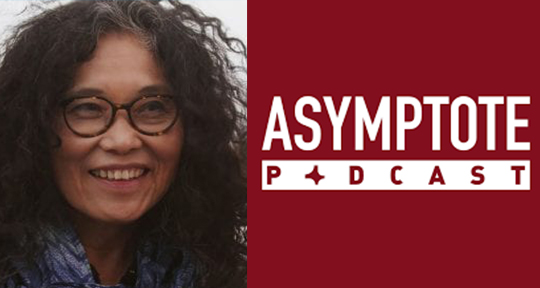
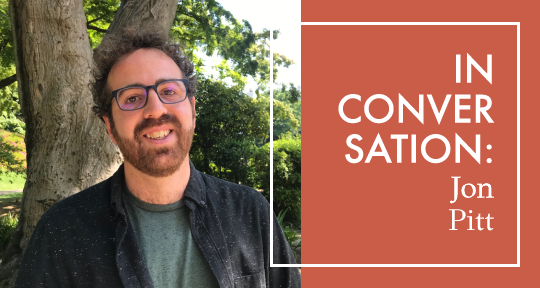

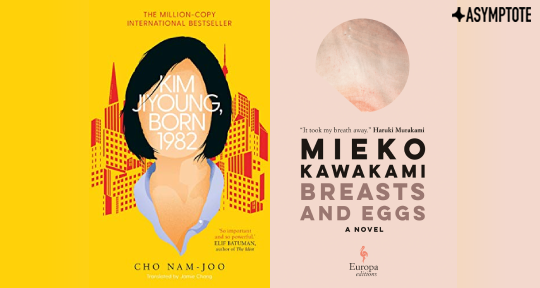

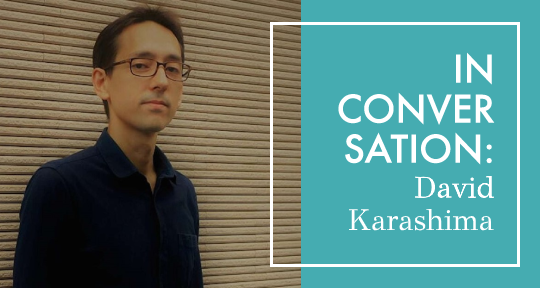
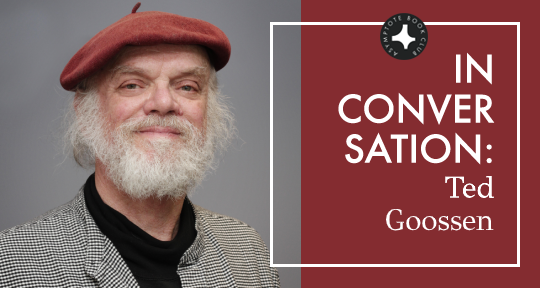
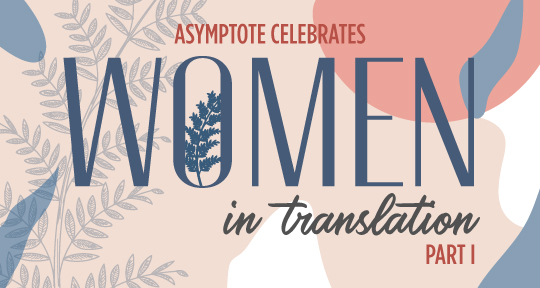

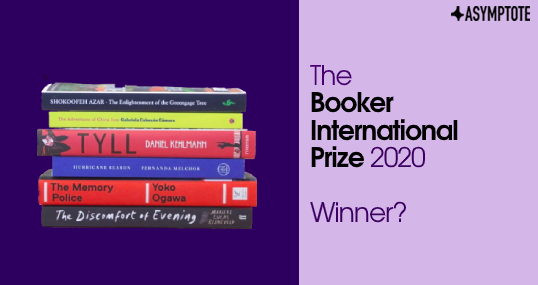




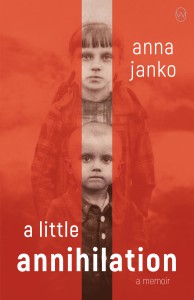
Announcing our August Book Club Selection: People From My Neighborhood by Hiromi Kawakami
The portrayal and analysis of collective experience makes this a text that truly meets our moment.
As we continue into the latter half of this increasingly surreal year, one finds the need for a little magic. Thus it is with a feeling of great timeliness that we present our Book Club selection for the month of August, the well-loved Hiromi Kawakami’s new fiction collection, People From My Neighborhood. In turns enigmatic and poignant, as puzzling as it is profound, Kawakami’s readily quiet, pondering work is devoted to the way our human patterns may be spliced through with intrigue, strangeness, and fantasy; amongst these intersections of normality and sublimity one finds a great and wandering beauty.
The Asymptote Book Club aspires to bring the best in translated fiction every month to readers around the world. You can sign up to receive next month’s selection on our website for as little as USD15 per book; once you’re a member, you can join the online discussion on our Facebook page!
People From My Neighbourhood by Hiromi Kawakami, translated from the Japanese by Ted Goossen, Granta, 2020
Like a box of chocolates, Hiromi Kawakami’s People From My Neighbourhood (translated from the Japanese by Ted Goossen) contains an assortment of bite-sized delights, each distinct yet related. This peculiar collection of flash fiction paints a portrait of exactly what the title suggests—the denizens of the narrator’s neighborhood—while striking a perfect balance between intriguing specificity and beguiling universality. The opening chapters introduce readers to each of the neighborhood’s curious inhabitants, while later chapters build upon the foundation, gradually erecting a universe of complex human relationships, rigorous social commentary, immense beauty, and more than a little magic.
Existing fans of Kawakami’s will surely recognize these common features of her award-winning body of work, while first-time readers will likely go searching for more. Goossen is better known as a translator of Murakami and editor of the English version of the Japanese literary magazine MONKEY: New Writing from Japan (formerly Monkey Business); ever committed to introducing Anglophone readers to non-canonical Japanese writers, he brings his flair for nonchalant magical realism to this winning new collaboration.
The first story, “The Secret,” introduces readers to the anonymous narrator and sets the tone for the collection. First presented as genderless, (we only find out later that she is female) she discovers an androgynous child, who turns out to be male, under a white blanket in a park. The child, wild and independent, comes home with her. Despite occasional disappearances, he keeps her company as she ages, all the while remaining a child. In this story, we receive her only concrete—but general—description of herself: “I’ve come to realize that he can’t be human after all, seeing how he’s stayed the same all these years. Humans change over time. I certainly have. I’ve aged and become grumpy. But I’ve come to love him, though I didn’t at first.” This one statement exemplifies many of the collection’s trademark characteristics and overarching themes: a version of time in which past, present, and eternity coexist, the supernatural, and the narrator’s fascinating method of characterization. READ MORE…
Contributor:- Lindsay Semel
; Language: - Japanese
; Place: - Japan
; Writer: - Hiromi Kawakami
; Tags: - family
, - fantasy
, - Japanese literature
, - Magical Realism
, - social commentary
, - strangeness
, - Women Writers